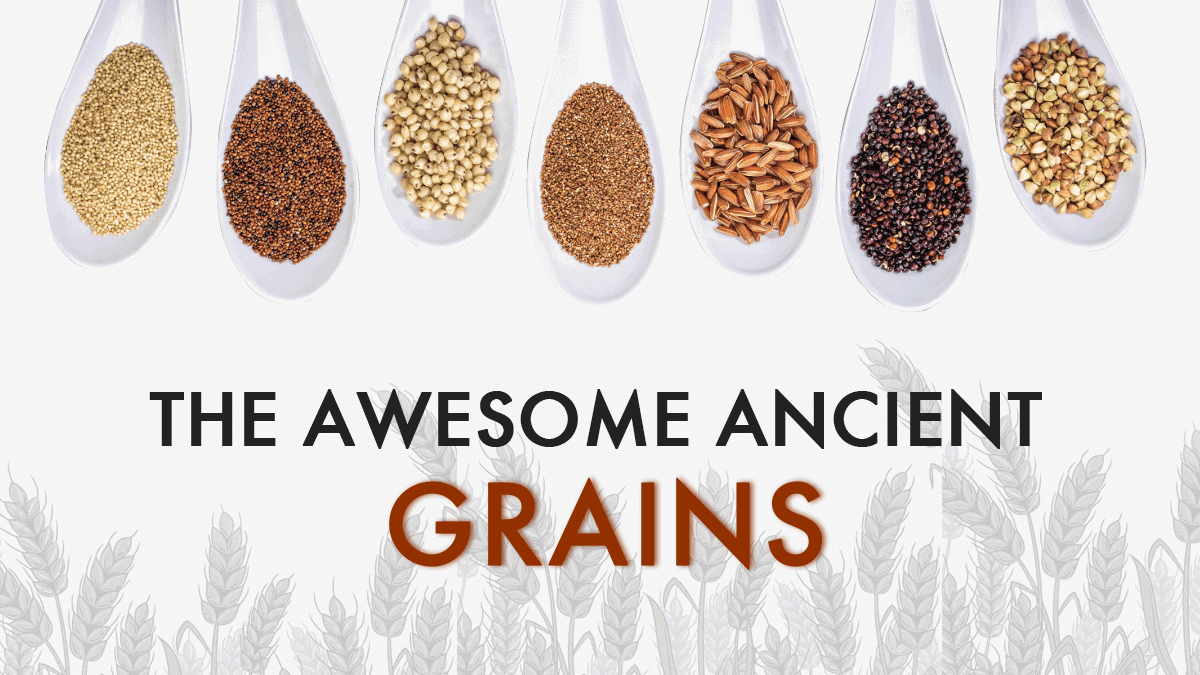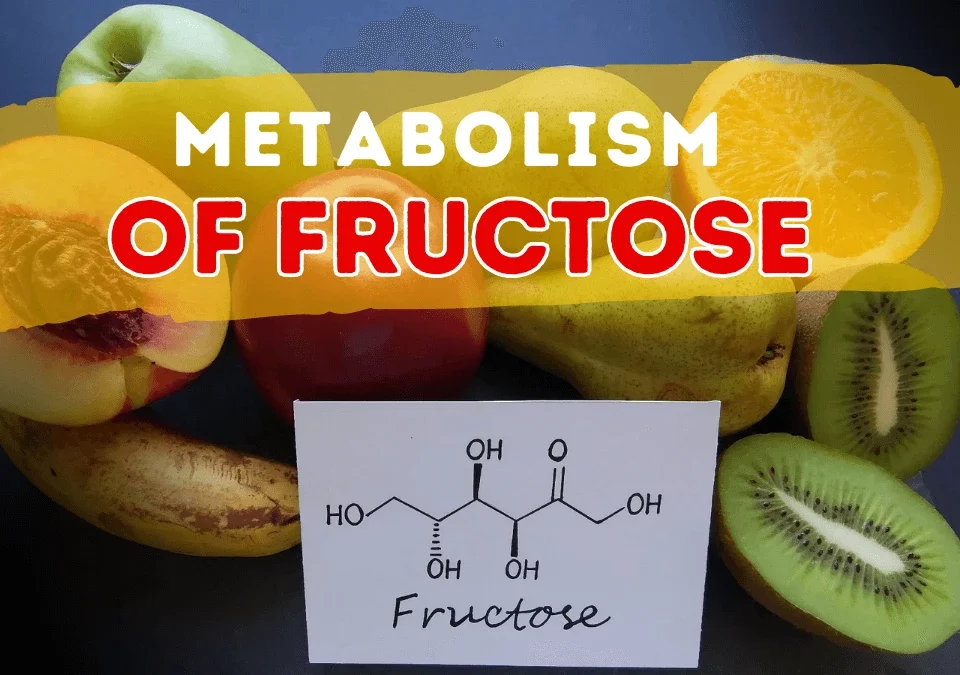The Goodness of Ancient Grains

The Benefits of Celery
April 30, 2022
Lung & Cellular Nutrition-Introduction
May 11, 2022The Goodness of Ancient Grains.
Lifestyle has changed over a while, and so have our eating choices. The change in lifestyle is the outcome of various diseases and medical conditions like obesity, high and low BP, cardiovascular diseases, etc. People, nowadays, are becoming aware and conscious of their health and focusing on healthy food options above the junk and fast food culture. This has opened up the gates for ancient grains in the Indian Kitchens.
These are called ancient grains because their origin goes back to nearly 10,000 years ago when the transition of pre-historic communities started from hunter-gatherer to farmer. As compared to the modern varieties that have been developed through selective cropping, breeding, mutation, and research in biotechnology, ancient grains are unchanged. Their nutritional values lie in the fact that they have not been treated, and that is the reason why they are anciently loaded with the goodness of multiple micronutrients. This is the reason why our earlier generations were far more fit and healthy. Interestingly, ancient grains were referred to as healthy food for the first time in Daily News (New York) in the year 1996. With a hike in its popularity, in 2011, the gluten-free food market was valued at $1.6 billion.
Ancient grains have their level of goodness as compared to white rice and whole wheat flour which have been the staple food of the Asian Indian Kitchen. The reason why these grains hold immense goodness is their growth and cultivation process. Amaranth, Quinoa, Chia, and Sorghum are on the ancient grain list as for several years, they have been grown in the same way as compared to the current wheat products that are genetically modified.
The goodness of ancient grains lies in the fact that they have not been refined like white bread, white rice, or even the wheat flour used as a staple in the Indian Kitchen. The most popular ancient grains are amaranth, barley, finger millet, pearl millet, and, sorghum. As they are not modified, they contain high protein, B vitamins, omega-3 fatty acids, and zinc; plus, they are a good source of fiber. As they have high fiber content, these grains are absorbed more slowly into the body. This is favorable for people dealing with diabetes or other chronic diseases as their fiber content help regulate spikes in the blood sugar. Moreover, they also help in digestion and production of some fatty-acid binding proteins. Let us discuss their goodness independently.
Sorghum- Sorghum is good for weight loss and reducing inflammations. It is rich in iron and good for bone health. However, there are some allergies associated with it as it is grass and can produce an allergic reaction in some people.
Quinoa- Quinoa has rich fiber that can help blood sugar levels and cholesterol, thereby lowering the risk of heart diseases and diabetes. It is so rich in antioxidants that can prevent damage to the heart and other organs. It shall be noted that Quinoa is not an Indian-origin grain. India started its cultivation back in the year 2005 in Rajasthan.
Amaranth- It is a nutritious, gluten-free grain, rich in fiber, protein, and micro-nutrients. It helps in weight loss, lowering cholesterol levels, and reducing inflammation.
Barley- Barley is a good source of various beneficial nutrients. As it reduces hunger, it can help in weight loss. It also improves digestion and prevents gallstones.
Finger Millet- Finger Millet consumption is good for skin health, blood and organs as it is rich in Niacin. Niacin has a significant role in above 400 enzyme reactions. Also, it is an excellent source of natural calcium helping in bone strength for growing children and aging people.
Pearl Millet- This marvel food is a boon for people who are intolerant to gluten or are dealing with celiac disease. Celiac disease is a chronic digestive and immune disorder that damages the small intestine. Also, it is a very good source of protein for vegetarians.
Buckwheat (Kuttu)- Buckwheat is a fiber-rich grain helping in regular bowel movements, thereby reducing the symptoms that can cause constipation. Blood sugar can also be controlled with its consumption. It has high mineral content besides anti-oxidants, thereby offering numerous health benefits. This grain contains more protein than rice and is packed with high essential amino acids.
Foxtail Millet- It is also called kangani. It has a low glycemic index, rich in Calcium & Iron thus helping both in managing diabetes and for strong & healthy bones & joints. It also has an ample amount of tryptophan which helps avoid hunger pangs, therefore, triggering weight loss. Being high in vitamin B1 helps reduce the risk of Alzheimer’s and Parkinson’s.
Proso Millet- Known as Chena Bajra in Hindi, is a warm-season grass. It has a growing tenure of 60-100 days. It is a promising alternative cash crop for India. Talking about its health benefits, this millet contains lecithin that supports the neural health system. It reduces the risk of type-2 diabetes as it has a low glycemic index. It is also rich in vitamins- niacin, B-complex, folic acid; minerals, and essential amino acids.
Barnyard Millet- Primarily grown in the hilly areas of Uttaranchal in India, the Barnyard millet is not a grain; it is a wild seed. Barnyard millets are a rich source of dietary fiber, zinc, iron, protein, calcium, fat, vitamins, magnesium, and certain other essential amino acids. Compared to other major and minor millets, barnyard millet is considered superior. Their Indian name is swang or sanwa.
Little Millet- Little Millet is the immune-boosting indigenous grain. It contains magnesium which can help a person work on his/her heart health. It is also a good source of phosphorus that aids in fat metabolism, repairing of body tissue, and energy production. It has properties that prevent aging as well.
Kodu Millet or Arke Millet- Kodu millet is a great substitute for rice and wheat. They are rich in B vitamins and minerals. This millet is popular in India during fasting days or upvas. It is gluten-free and rich in fiber, vitamins, and minerals. However, their portions should be considered before consuming. Nevertheless, they are good for health, their portion should only be a quarter of your meal; not the entire meal. There are various ways to incorporate ancient grains into our routine lives. These can be used in smoothies, yogurt, salads, tea, light snacks, etc. Various Indian and Mediterranean dishes incorporate ancient grains in their main course as well.







